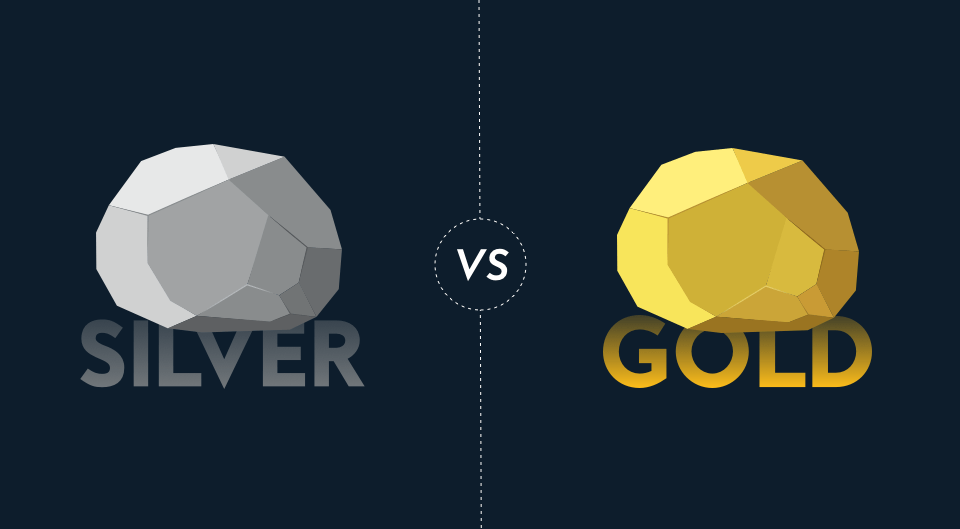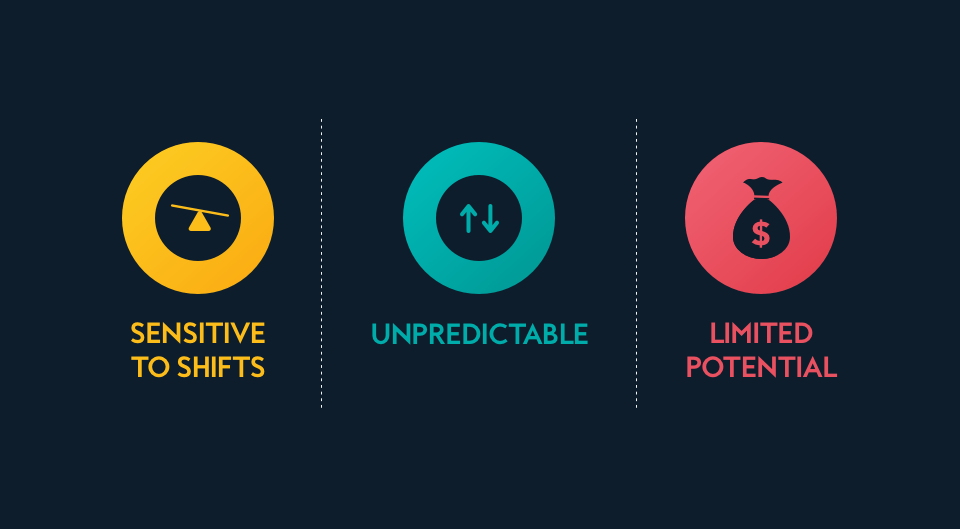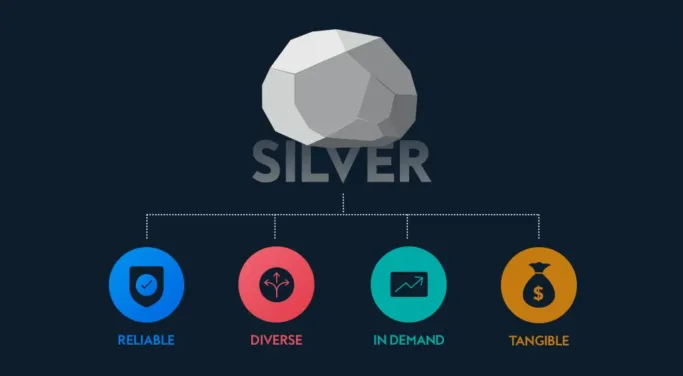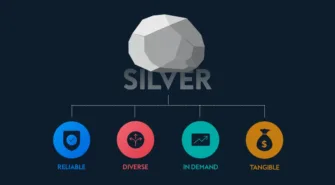As a precious and industrial metal, silver has long been a safe alternative to traditional stocks and bonds trading.
The last two years have been a tumultuous time for investors, so it’s no surprise that some may be looking into safer, “old-fashioned” investments. While silver can be volatile, precious metals are seen as safe-haven investments in uncertain times and can be a hedge against uncertainty, inflation, and stocks.
Why invest in silver?
Silver is a small market, and not as well-known as gold, but it’s still physical, reliable money with growing demand. It’s classified as a commodity: a publicly-traded, tangible asset.
Silver is real money
Along with gold, silver is the ultimate form of money. Silver has no counterparty risk, has never been defaulted on, and has been used as a form of currency for over 4,000 years. As a physical asset, silver counteracts the turmoil of today’s digital trading and cyber currencies; it also cannot be hacked or vulnerable to cybercrime. When you hold silver, you hold a real, hard asset that is universally recognised as valuable.
Silver is reliable
As a physical coin or bullion, silver holds intrinsic, long-term value, so it can stand as an inflation hedge. Silver is impacted by different factors than the stock market, so it can help diversify your portfolio and counterbalance riskier investments. Also, silver is an industrial metal used in the manufacturing of lots of things, making its price performance and outlook relatively steady.
Silver demand is growing
Silver’s metallic properties put it at the forefront of both common manufacturing and innovative technological advances, such as electronics, medical equipment, and clean energy alternatives. As these fields expand, so does the demand for silver. In the last few years, global demand for silver has been surging. Combined with silver’s limited supply, this increasing demand suggests a positive impact on those who have silver in their portfolios.

Silver vs. Gold investing
Of course, silver seems less valuable an investment than gold at first glance. They’re both precious metals and tangible assets, but they have significant differences that can make silver a better investment.
Silver is cheaper
Silver literally costs less to buy than gold. The spot price of silver in the market has never exceeded that of gold — by a lot. It’s not just cheap to buy, but can be more manageable to sell. While gold is sold by the ounce, silver can be broken down into smaller amounts, so you only have to sell what you need.
Silver is more volatile
The market for silver is so small that any cash movement can have a large impact on price. Its value is also influenced more by manufacturing cycles. This means that the silver market is more volatile, which means it falls more than gold in bear markets, but rises much higher and faster in bull markets. At the peak of the 2011 bull market, the gold/silver ratio sank to almost 30, demonstrating how silver outperforms gold.

Risks of investing in silver
As with all investments, there are some risks to consider when investing in silver. The main risk is something that can also be a benefit to investing in silver: its volatility. Especially in short time periods, silver’s spot price can shift up and down dramatically, so it can be easy to overpay or not get the full value of a sale.
Sensitivity to shifts
Since the value of silver is so tightly tied to industrial growth and the manufacturing industry, it can be hurt by an economic slowdown. A replacement metal in manufacturing, or a dramatic change in the industry, could also lead to a decrease in silver’s price.
Limited potential
Since silver is a physical commodity, it traditionally doesn’t offer interest or dividends like bonds and stocks, and cannot be built up like cyber currencies. Silver has limited income and can only appreciate so much, so your best chance to benefit is to sell during a price rise.
Unpredictability
Silver’s value derives from multiple categories, so its price can be torn between industrial and investment valuations. If investors bid the price one way, the industrial world will react accordingly, changing the global supply of silver and thus its price.
How to invest in silver
There are two main ways to buy and sell silver: directly buying it yourself, or indirectly buying silver-related securities.
Physical coins or bullions
You can buy physical silver bullion coins or bars; this way is relatively straightforward as you can buy from pawn shops or online vendors. It may cause some storage issues, however, but you’ll be in control of buying and selling the silver directly.
Silver-related financial instruments
Using these, you can buy and sell silver indirectly. For many, this is a more pragmatic approach.
- Silver stocks: You can buy shares of companies that mine or process silver (“miners”) or resell it (“streaming companies”). It’s important to note that there are few “pure players” here, since most companies mine silver together with other metals.
- Mutual funds or ETFs: You can invest in funds that hold silver in their portfolios, either in its physical form or in silver companies.
- Exchange-traded commodities (ETCs): You can invest in publicly traded securities that are much like the funds. ETCs also invest in physical silver, but the difference is that they are debt instruments, like bonds. The underlying commodity, silver, serves as collateral.
- Kinesis Silver: You can instantly purchase physical silver with Kinesis. Kinesis silver (KAG) is a yield-bearing digital representation of investment-grade silver bars that sit in Kinesis vaults, in your name.
Silver is underestimated as an “old-fashioned” investment, despite its historic value as money and essential industrial material. While it can be volatile, it’s viewed as a safe, tangible alternative investment or as a way to hedge against riskier investments.
Commodities can be invested in directly, by buying the physical substance and holding or selling it, or indirectly by investing in funds that include it. If you have some investment experience and are willing to take some risk, investing in silver may be a good choice for you.
Want to learn more about digital silver today?
This publication is for informational purposes only and is not intended to be a solicitation, offering or recommendation of any security, commodity, derivative, investment management service or advisory service and is not commodity trading advice. This publication does not intend to provide investment, tax or legal advice on either a general or specific basis.




